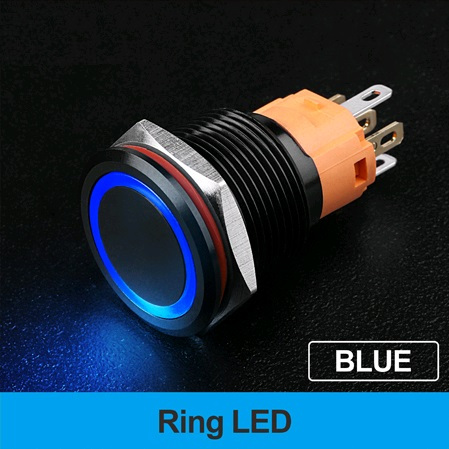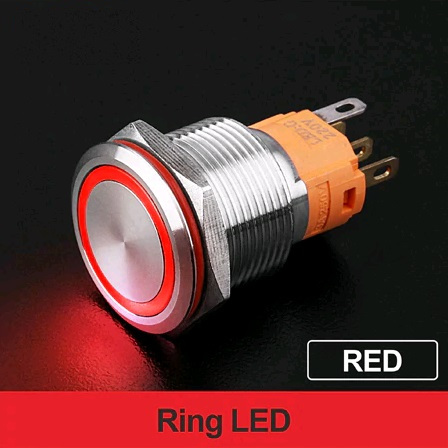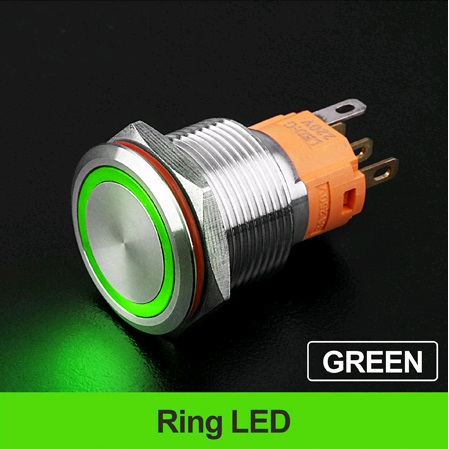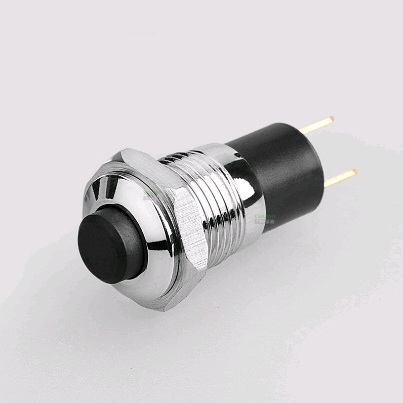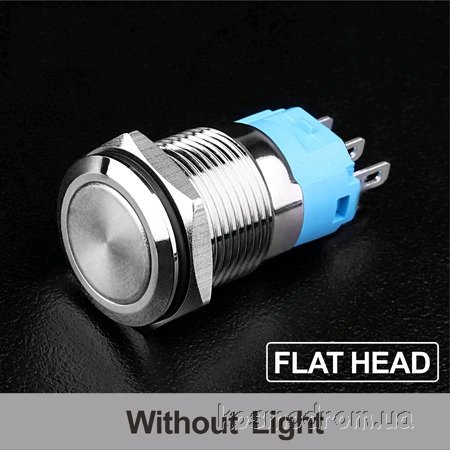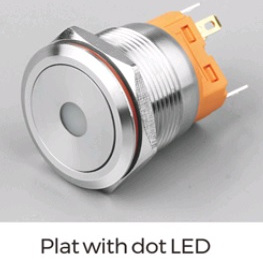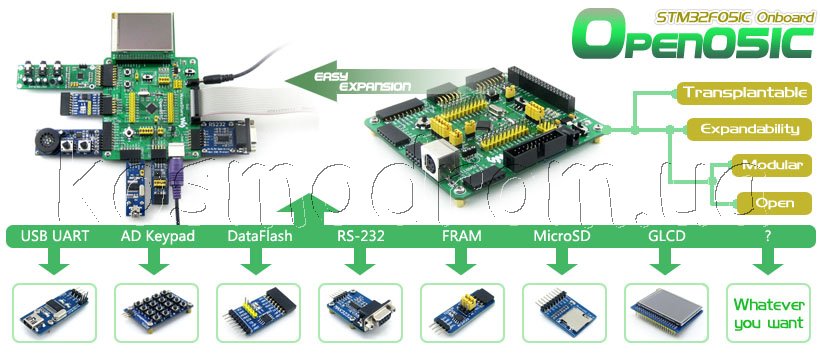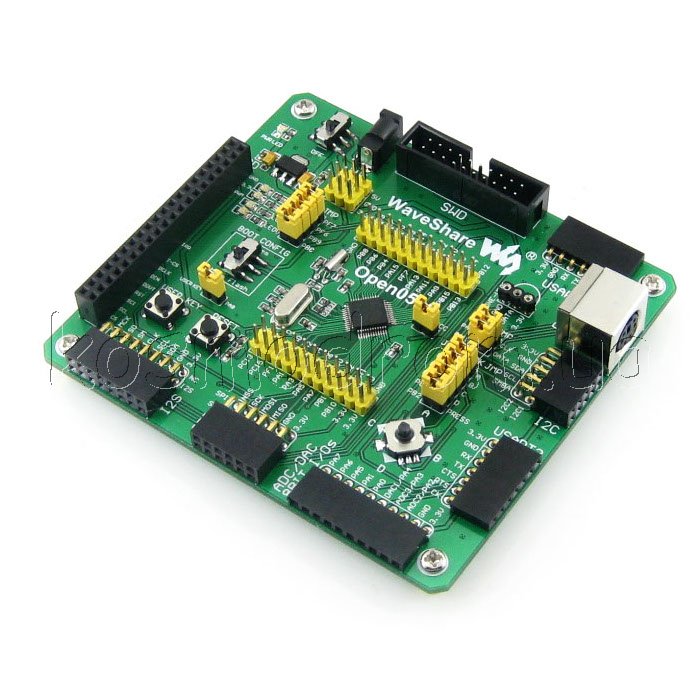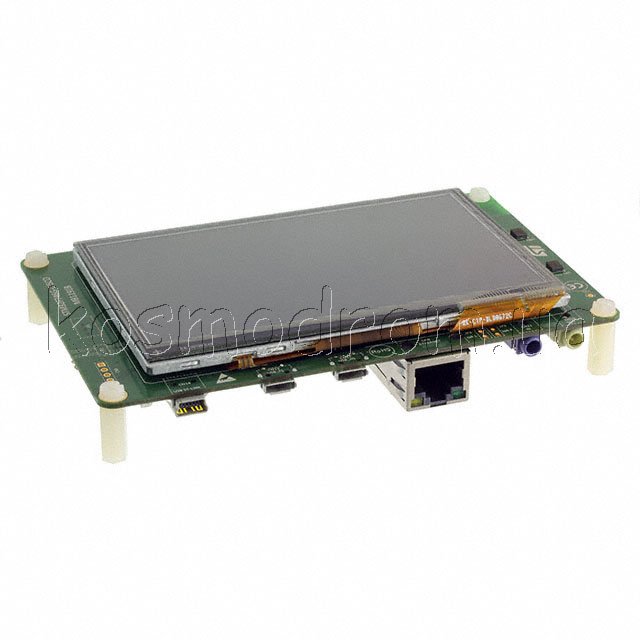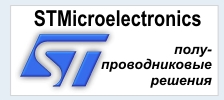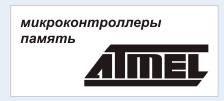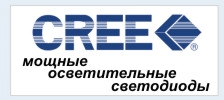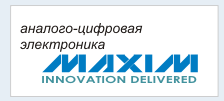|
1)
STM32F051C8T6: the high performance STM32
MCU which features
Core: ARM Cortex-M0 32-bit RISC
Operating Frequency: 48MHz
Operating Voltage: 2-3.6V
Package: LQFP48
I/Os: 39
Memories: 64KB Flash, 8kB RAM
Communication Interfaces: 2 x SPI, 2 x USART, 2 x I2C, 1
x I2S
AD & DA converters: 1 x AD (12-bit, 1μs, shares 16
channels)
Debugging/Programming: supports SWD (serial wire debug)
interfaces, supports IAP
2) AMS1117-3.3:
3.3V voltage regulator
3) Power switch
4) Power indicator
5) LEDs: for indicating
I/O status
6) Reset button
7) User key: for I/O
input and/or interact with running code
8) Joystick: for I/O
input (five positions)
9) 32.768K crystal
oscillator: used for internal RTC, also supports
clock calibration
10) 8M crystal oscillator:
enables the MCU run at 48M frequency by frequency
multiplication
11) 8I/Os + DAC + ADC
Interface: easily connects to keypad, motor, etc.
12) SPI1 / SPI2 interface
easily connects to SPI peripherals such as FLASH
(AT45DBxx), SD card, MP3, etc.
convenient for connecting AD module, thanks to the SPI1
alternative AD function
13) I2C1 / I2C2 interface:
easily connects to I2C peripherals such as I/O expander
(PCF8574), EEPROM (AT24Cxx), etc.
14) LCD interface:
easily connects to the touch screen LCD
15) ONE-WIRE interface:
easily connects to ONE-WIRE devices (TO-92 package),
such as temperature sensor (DS18B20), electronic
registration number (DS2401), etc.
16) USART1 interface:
easily connects to RS232, RS485, USB TO 232
17) USART2 interface:
easily connects to RS232, RS485, USB TO 232
18) I2S / I2C1 interface:
easily connects to I2S peripherals such as audio module,
etc.
19) PS/2 interface: for
connecting PS/2 keyboard/mouse.
20) 5V DC jack
21) 5V/3.3 V power input/output,
usually used for power output, or common ground with
other user board
22) MCU pins connector:
all the MCU pins are accessible on expansion connectors
for further expansion
23) SWD interface: for
debugging/programming
24) Boot mode selection:
for configuring the BOOT0 pins
25) LEDs jumper
short the jumper to connect the LEDs to I/Os used in
example code
open the jumper to connect the LEDs to other custom pins
via jumper wires
26) User key jumper
short the jumper to connect the user key to I/Os used in
example code
open the jumper to connect the user key to other custom
pins via jumper wires
27) Joystick jumper
short the jumper to connect the joystick to I/Os used in
example code
open the jumper to connect the joystick to other custom
pins via jumper wires
28) PS/2 interface jumper
short the jumper to connect the PS/2 interface to I/Os
used in example code
open the jumper to connect the PS/2 interface to other
custom pins via jumper wires
29) VBAT selection jumper
short the jumper to use system power supply
open the jumper to connect the VBAT to external power,
such as battery |
 |

